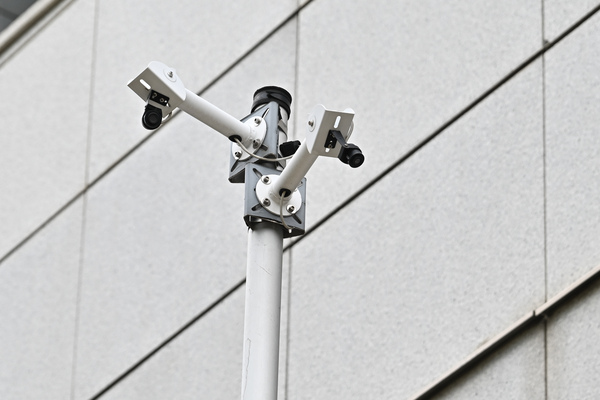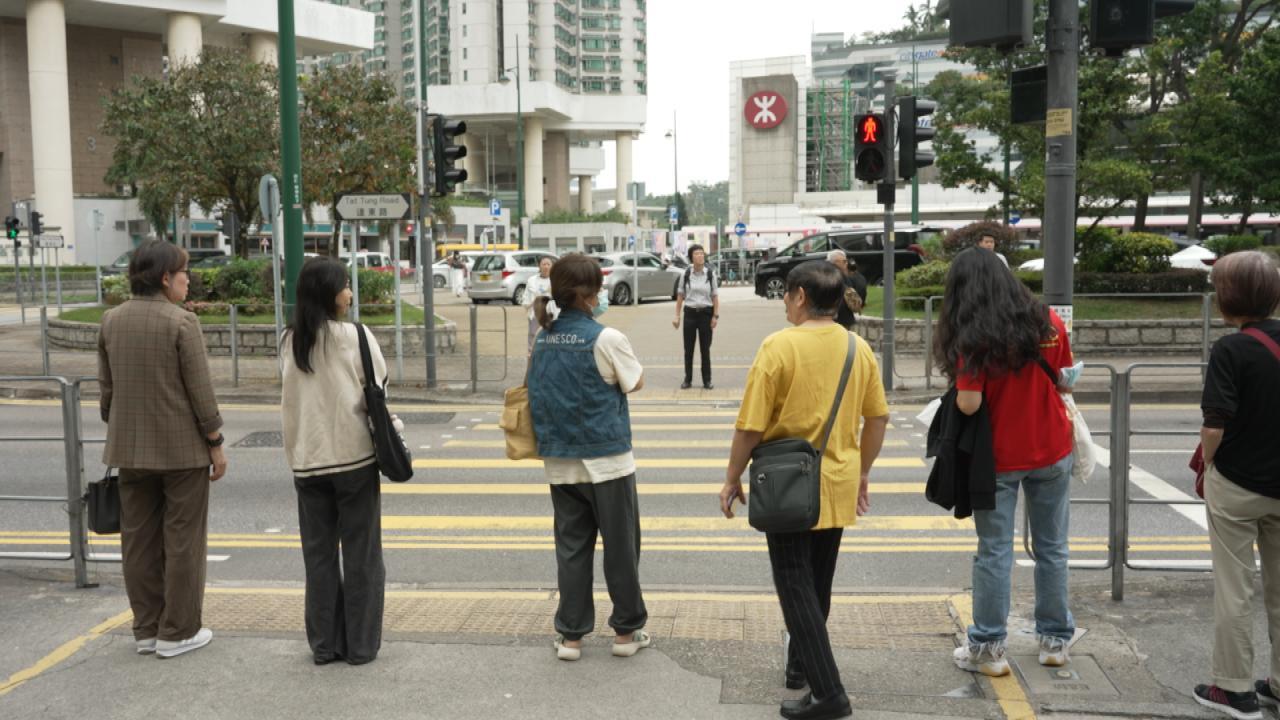Adaptive system optimises traffic flow
In a bustling city like Hong Kong, waiting for traffic lights to change to green is an inevitable part of life, especially when in a hurry.
Balancing needs
To optimise green light time allocation to pedestrians and vehicles, the Transport Department has adopted the Real-time Adaptive Traffic Signal System.
The system uses sensors installed at junctions and employs artificial intelligence (AI) to analyse pedestrian and vehicular flows in real time across different time periods and directions.
It then computes and optimises the green light time allocation to pedestrians and vehicles, effectively balancing the needs of all road users and reducing congestion and delay.
The system was first tested at selected independent signalised junctions.
When sensors pick up the signal where people are waiting to cross the road, the waiting light will activate automatically. Upon receiving this feedback, the system dynamically adjusts traffic signals based on actual conditions. This includes extending the pedestrian crossing signal duration and reallocating green time for vehicles immediately after pedestrians clear the road.
The system also effectively improves traffic efficiency. For example, at a T-junction, if there is no vehicle present on one of the arms, the system can skip the green light for that arm. As a result, the waiting time for vehicles using other arms can be reduced.
Encouraging results
The department rolled out another trial of the Real-time Adaptive Traffic Signal System at eight linked signalised junctions in Tung Chung in 2022.
The system collects and analyses the overall traffic conditions to compute the optimal signal times for the area.
For example, when the sensors detect a surge in traffic from Kowloon towards Tung Chung Town Centre or Hong Kong International Airport, the system will link up relevant junctions and keep the traffic lights green to accelerate traffic flow.
Data shows that the average delay for vehicles to cross the junctions is reduced by about 5% to 10% by using the system.
Traffic efficiency
Transport Department Chief Engineer (Traffic Control) Gordon Kwok noted that Tung Chung is an ideal area for testing the performance of the system at linked signalised junctions. Following the successful trial, the department plans to pilot the system at other busy linked signalised junctions, such as those in Wan Chai and Causeway Bay.
Concurrently, to further promote smart transport and efficient traffic management, the department is extending the system to about 50 suitable independent signalised junctions across the city.
“We expect to start the installation in phases from 2026. The project is expected to be completed in 2027,” Mr Kwok added.
Leveraging technology
By utilising AI, the system improves traffic management efficiency, thereby facilitating commuting. It also earned the department the Certificate of Merit in the Smart Transport category at this year’s Hong Kong ICT Awards.
The department aims to boost the development of smart mobility. It established a testing platform in the Tung Chung trial which is open for companies to test their algorithms and technologies.
Additionally, the department maintains exchanges with local innovation and technology companies, academics and Mainland enterprises, with a view to introducing more suitable technologies in Hong Kong in the future.


